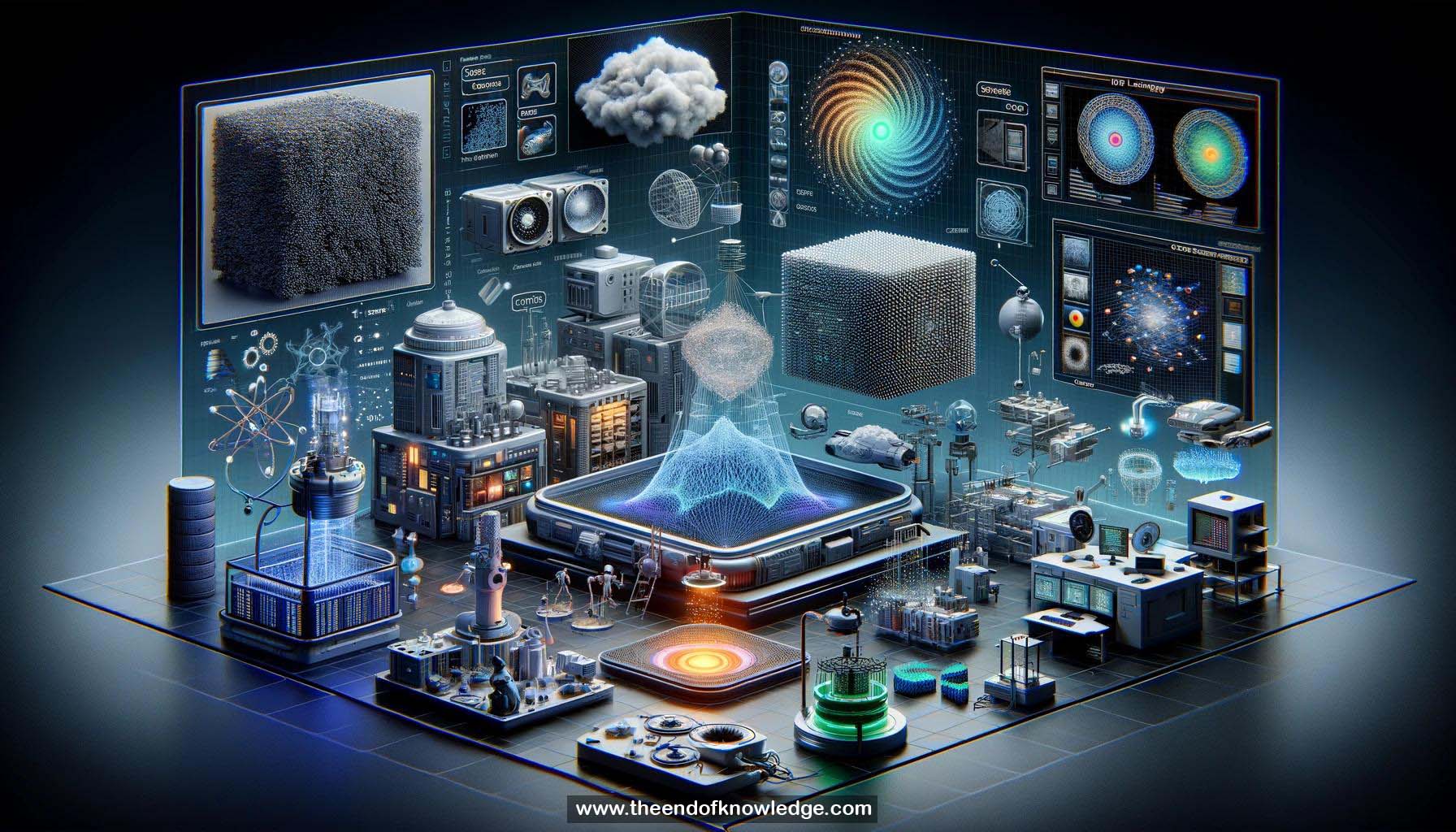 >
>
Concept Graph & Resume using Claude 3 Opus | Chat GPT4o | Llama 3:
Resume:
1.- Deep learning for 3D data is becoming popular, with applications in shape classification, semantic scene completion, 3D reconstruction, etc.
2.- Memory requirements for 3D deep learning increase cubically with input resolution, limiting networks to 64^3 resolution on a single GPU.
3.- 3D data is usually sparse - point clouds cover large areas with low density, voxelized meshes have decreasing occupancy at higher resolutions.
4.- Previous work exploited 3D data sparsity: field probing networks, PointNet (lacks local structure), sparse convolutions (memory increases after each convolution).
5.- OctNet focuses memory and computation near surfaces using a space partitioning function - an octree with smaller cells near surfaces.
6.- Shallow octrees with fixed depth placed in a grid efficiently cover the volume. Encoded as bit strings for fast GPU implementation.
7.- OctNet defines convolution, pooling, unpooling operations on the irregular octree structure, which are differentiable for end-to-end learning.
8.- OctNet enables the same network to fit up to 256^3 resolution, is faster than dense networks beyond 64^3 resolution.
9.- OctNet maintains similar classification accuracy as dense networks. Input resolution has diminishing returns, 32^3 or 64^3 is often sufficient.
10.- Higher resolutions help more for orientation estimation and semantic 3D point cloud labeling. 256^3 needed for state-of-the-art results.
11.- Future work: learning to generate octrees for tasks like depth completion where the space partitioning is not known a priori.
Knowledge Vault built byDavid Vivancos 2024